When Carmit Katey is sworn in as an American citizen, she thinks she will look and feel like a new person, despite having lived in the United States already for eight years.
“I have to take pictures because my family is waiting to see me before and after,” Katey said. “For me, inside it is [different] and I think it will show outside.”
And Katey will not be alone in her excitement. The 36-year-old Venice woman from Israel will be one of 5,862 taking the Oath of Allegiance at the citizenship ceremony.
For most, it is the end of a year’s long process from arrival to permanent resident status to citizenship.
Watch the stories of some of America’s newest citizens:
View Four Corners to America in a larger map
Local immigration attorney Eric Azarian explained that the application for citizenship usually only takes six months, but just the path to become a permanent resident, either through employment or marriage, can take decades.
He believes current citizens should witness the citizenship ceremony to see how happy the newest Americans are when they finally become naturalized and to understand what we take for granted.
“You see people from all over the world,” said Azarian. “It’s a moving experience for most of them.”
The naturalization process was originally set down in the Immigration and Nationality acts of 1952 and 1965.
It typically takes about six months and $675 in government fees for people with green cards, meaning immigrants with permanent residence status, to go from submitting the application to taking the oath.
To qualify, most applicants must have been a permanent resident for five years and meet other eligibility requirements. Residents married to citizens can qualify after three years.
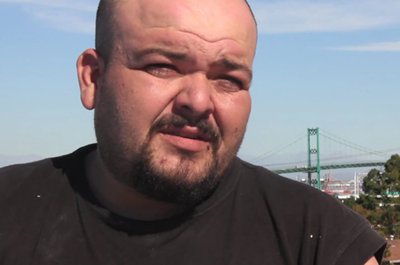 Carlos Garcia of West Covina became a citizen in 2008 right before the presidential elections. He believes voting is the most important privilege new citizens receive.
Carlos Garcia of West Covina became a citizen in 2008 right before the presidential elections. He believes voting is the most important privilege new citizens receive.
“Now I’m working for this country,” said Garcia. “I pay my taxes. I’m doing my best to better myself and better the country because I’m part of this country now,” Garcia said. “[Without citizenship] you don’t get to complain. You don’t get to vote is the main thing.”
Other citizen benefits include being able to help bring family members into the country, traveling with a U.S. passport, and becoming eligible for federal jobs or elected offices, most of which require citizenship.
Garcia says he knows too many residents who haven’t become citizens and should be taking advantage of the benefits.
“Anybody can take their residence away, but citizenship is hard to take away from you,” added Garcia.
Those who are applying must take a civics test covering the history and government of the U.S. and also an English language exam. (Try out a short self-test here).
Applicants are also required to show they have “good moral character.” They must demonstrate this by proving they have not committed the following examples of crimes: crime against a person with intent to harm, habitual drunkenness, illegal gambling, polygamy, terrorist acts or persecution because of race, religion or national origin.
After submitting the required documents and passing their exams and interviews, candidates must be willing to state they will “support and defend the United States and our Constitution” by taking the Oath of Allegiance. The moment the Oath is taken marks the time when a person becomes a citizen.
An interesting factoid about the Oath is that candidates can take a modified oath, if they can prove in writing that their objections to the current oath are valid. Also, if applicants hold any hereditary titles or positions of nobility, they must renounce them at the oath ceremony.
Azarian has been working in immigration for 37 years and has never heard of someone requesting a modified oath. He jokingly added most people will say anything because they are just happy to get their citizenship finally.
The attorney said that it’s been satisfying helping people through the long process to gain permanent residence and ultimately through the final step of gaining citizenship.
“It’s very gratifying,” said Azarian. “Every day you meet new people from all over the world. You’re helping them out and advancing their lives.”
For Katey, the ceremony will be about finding a sense of belonging in a place where she has already lived for years.
“It’s almost like a new page in my life even though I’ve lived here for all this time,” said Katey. “This is going to be a new life — a new me — because I am new. I’m American.”









 The large electric sign that rose above Clune’s Broadway once read “The Time, the Place.”
The large electric sign that rose above Clune’s Broadway once read “The Time, the Place.” For that reason, both the City of Los Angeles and the Los Angeles Conservancy passed initiatives to “bring back Broadway.”
For that reason, both the City of Los Angeles and the Los Angeles Conservancy passed initiatives to “bring back Broadway.” While the City of Los Angeles has focused its efforts on making the district appealing to investors, the Los Angeles Conservancy has worked to promote the restoration of its 12 theatres.
While the City of Los Angeles has focused its efforts on making the district appealing to investors, the Los Angeles Conservancy has worked to promote the restoration of its 12 theatres. The Broadway initiative also drafted construction guidelines for the historic buildings in the Theatre District.
The Broadway initiative also drafted construction guidelines for the historic buildings in the Theatre District. The City of Los Angeles is moving forward on a $20 million South Los Angeles development project but not after a messy, 20-year struggle that has turned a spotlight on a redevelopment process that in the past has resulted in empty fields and broken promises.
The City of Los Angeles is moving forward on a $20 million South Los Angeles development project but not after a messy, 20-year struggle that has turned a spotlight on a redevelopment process that in the past has resulted in empty fields and broken promises. “It’s fashionable now to look at this community as a new frontier in a place of possibility,” said Mark Williams, Tate’s son and Concerned Citizens’ director of youth programs. “It wasn’t always that way.”
“It’s fashionable now to look at this community as a new frontier in a place of possibility,” said Mark Williams, Tate’s son and Concerned Citizens’ director of youth programs. “It wasn’t always that way.” “Juanita Tate is not a major player by no stretch of the imagination until Jan Perry comes to office. But by her coming to office it enables her to become an absolute major player,” added Deacon. “We don’t see that until we see her relationship with developers.”
“Juanita Tate is not a major player by no stretch of the imagination until Jan Perry comes to office. But by her coming to office it enables her to become an absolute major player,” added Deacon. “We don’t see that until we see her relationship with developers.”

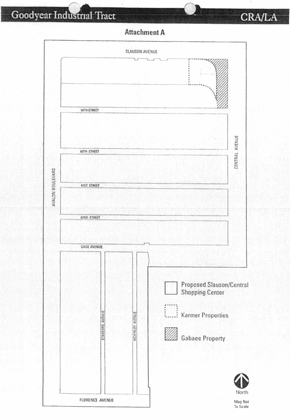
 From left: Brandi Finney, Erdavria Rose Simpson, Destany Charles. In the back: Jerriel Biggles.
From left: Brandi Finney, Erdavria Rose Simpson, Destany Charles. In the back: Jerriel Biggles.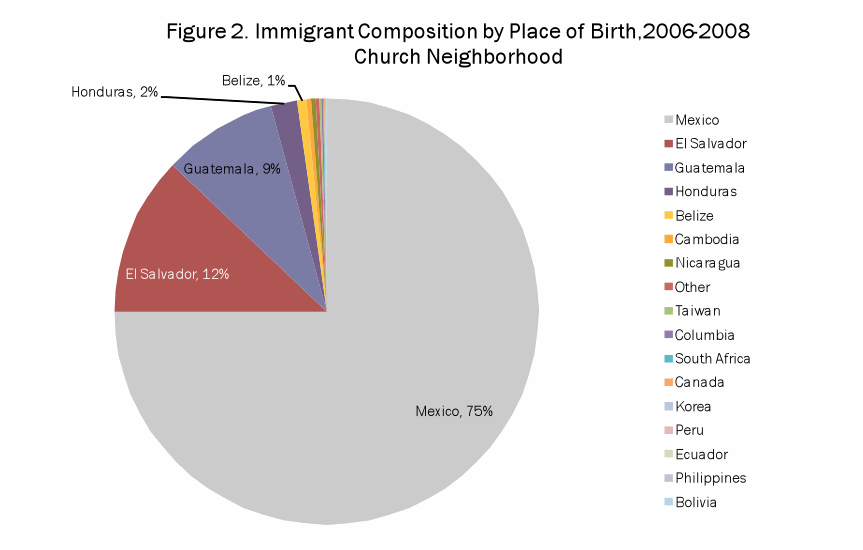
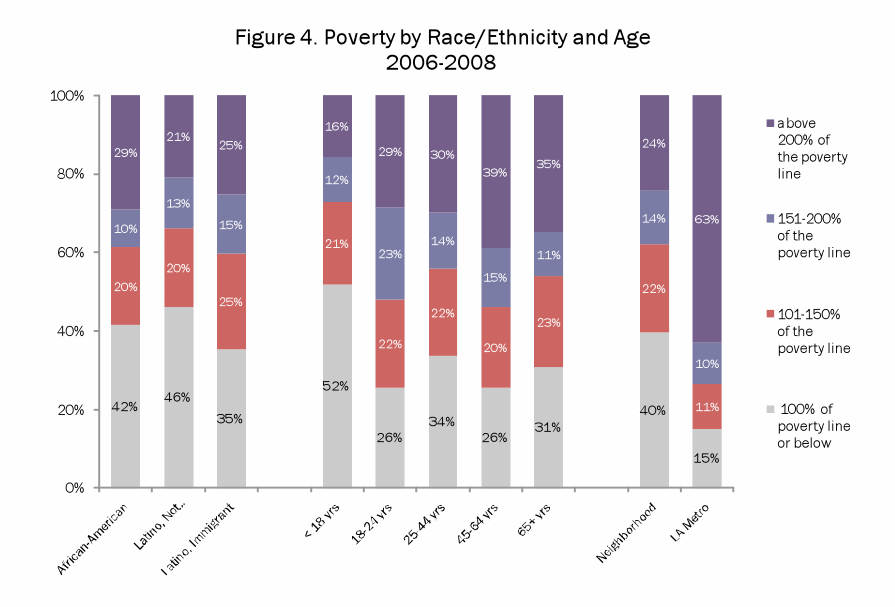
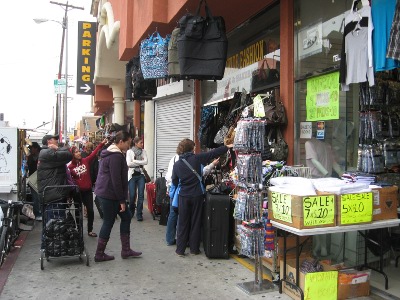 Pack of 7 men’s undershirts: $10
Pack of 7 men’s undershirts: $10
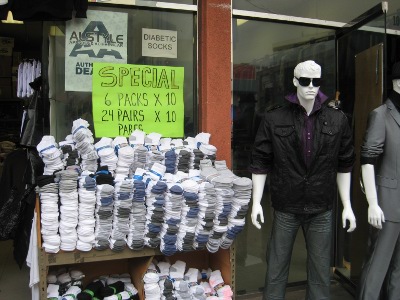 Pack of 24 pairs of socks: $10
Pack of 24 pairs of socks: $10
 Mix and match jewelry: 6 pieces for $5
Mix and match jewelry: 6 pieces for $5
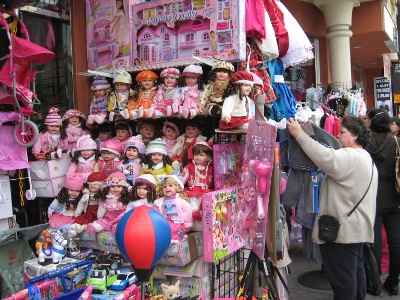 Toys: from $5 to $15
Toys: from $5 to $15
 Bling rings: $1
Bling rings: $1





